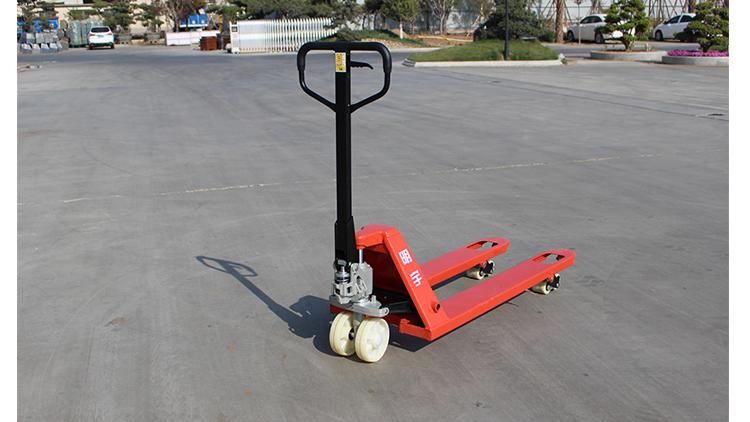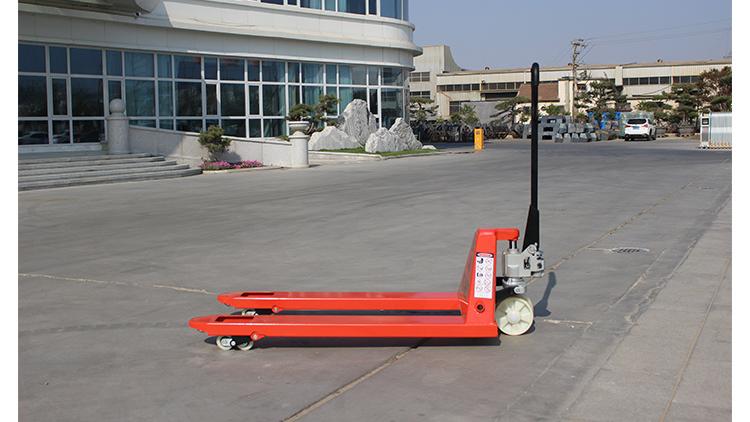What Are the Latest Trends in Warehouse Management Systems (WMS)?
1. Introduction
Warehouse Management Systems (WMS) are the backbone of modern logistics and supply chain operations. These systems have evolved significantly, becoming smarter, faster, and more adaptive. As customer demands rise and e-commerce expands, businesses are turning to advanced WMS solutions to maintain efficiency, accuracy, and scalability. This article explores the latest trends reshaping WMS technology today.
2. Evolution of WMS Technology
Traditional WMS tools focused on basic inventory tracking and order management. Today’s systems are more dynamic—offering real-time visibility, automation, integration with enterprise systems (like ERP, OMS, and TMS), and predictive capabilities. This shift allows warehouses to become smarter and more connected.
3. Cloud-Based WMS Solutions
One of the most transformative trends is the migration to cloud-based WMS platforms. Cloud solutions offer:
Scalability for businesses of all sizes
Remote access from anywhere
Lower upfront costs compared to on-premise systems
Automatic updates and data backups
Cloud-based WMS is particularly beneficial for companies with multiple locations or seasonal fluctuations.
4. Artificial Intelligence and Machine Learning
AI and machine learning are playing a pivotal role in warehouse management:
Demand forecasting based on historical and real-time data
Optimized picking routes for warehouse staff or robots
Automated decision-making for restocking and slotting
Labor optimization through predictive planning
These technologies improve accuracy and reduce human error.
5. Warehouse Automation and Robotics
WMS platforms are now commonly integrated with:
Automated Guided Vehicles (AGVs)
Autonomous Mobile Robots (AMRs)
Robotic picking and packing arms
Automation boosts throughput, especially in high-volume e-commerce warehouses. Real-time coordination between WMS and robotics ensures fast, precise operations with minimal human intervention.
6. Internet of Things (IoT)
IoT devices have added real-time intelligence to warehouse operations:
RFID tags and sensors track inventory movement
Smart shelves monitor stock levels
Condition monitoring (temperature, humidity) for sensitive products
The WMS uses this data for real-time decision-making and alerts.
7. Mobile and Wearable Technology
Mobility is essential in modern warehouses:
Mobile apps allow managers and workers to access WMS functions from smartphones or tablets
Wearables like barcode scanners, voice-picking headsets, and AR glasses enhance speed and accuracy
These tools reduce paperwork and improve worker productivity
8. Data Analytics and Business Intelligence
Modern WMS platforms provide advanced dashboards and real-time KPIs, allowing decision-makers to:
Analyze stock turnover rates
Monitor picking accuracy
Identify bottlenecks and inefficiencies
Forecast future needs
Business Intelligence (BI) tools turn raw warehouse data into actionable insights.
9. Improved User Experience (UX)
User-friendly WMS interfaces are becoming the standard:
Drag-and-drop workflows
Intuitive dashboards with real-time visual feedback
Role-based views tailored to operators, supervisors, or logistics managers
good UX reduces training time and errors.
10. Sustainability and Green Warehousing
Paperless operations with digital documentation
Route optimization to reduce fuel use and emissions
Energy monitoring of warehouse lighting, HVAC, and machinery
Waste reduction via smarter inventory planning
These features not only save resources but also meet green compliance standards.
11. Cybersecurity Enhancements
As more WMS go online, data security becomes crucial:
Encryption of sensitive data
User access controls and permissions
Regular backups to prevent data loss
Compliance with standards like GDPR or ISO 27001
Secure systems build trust and prevent operational disruptions.
12. Omnichannel Fulfillment Integration
A modern WMS must handle:
Inventory across retail, e-commerce, and wholesale channels
Real-time visibility of stock levels in all fulfillment centers
Returns management and order tracking
Dynamic order routing based on location, stock, and priority
This trend is vital for businesses competing in omnichannel environments.
13. Modular and Customizable Systems
Businesses today demand flexibility:
Modular WMS allows them to add features as they grow
Custom workflows cater to specific industries (e.g., pharmaceuticals, automotive, apparel)
Systems can be tailored for small businesses or global enterprises alike
This ensures scalability and long-term value.
14. Conclusion
Warehouse Management Systems are evolving rapidly to meet the growing demands of a digital and data-driven supply chain. With trends like cloud computing, AI, automation, and sustainability, WMS platforms are not just tools—they are strategic assets. Businesses that adopt the latest WMS technologies will enjoy greater efficiency, lower costs, and stronger competitive advantage in the future.
Post time:Jun.26.2025



